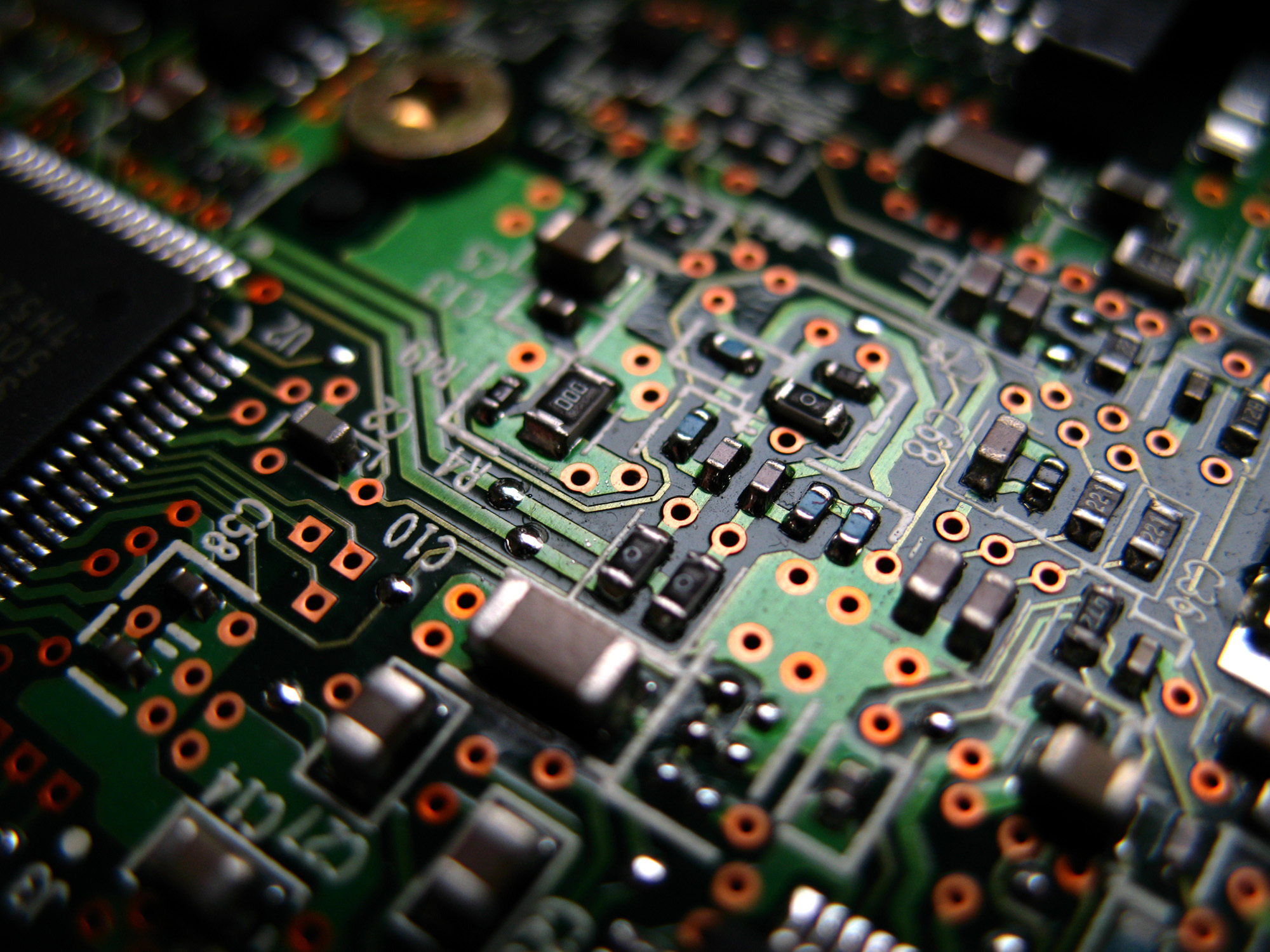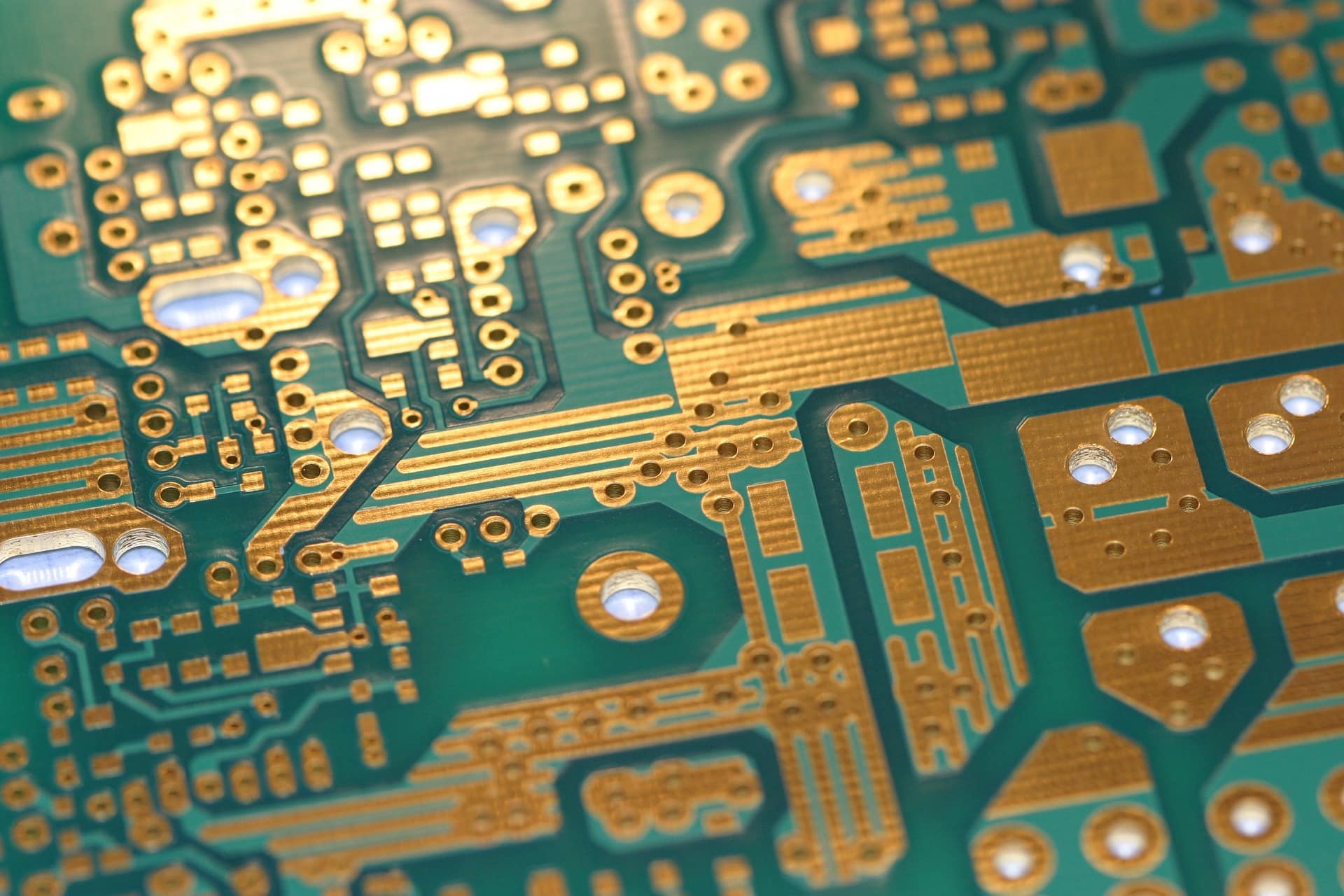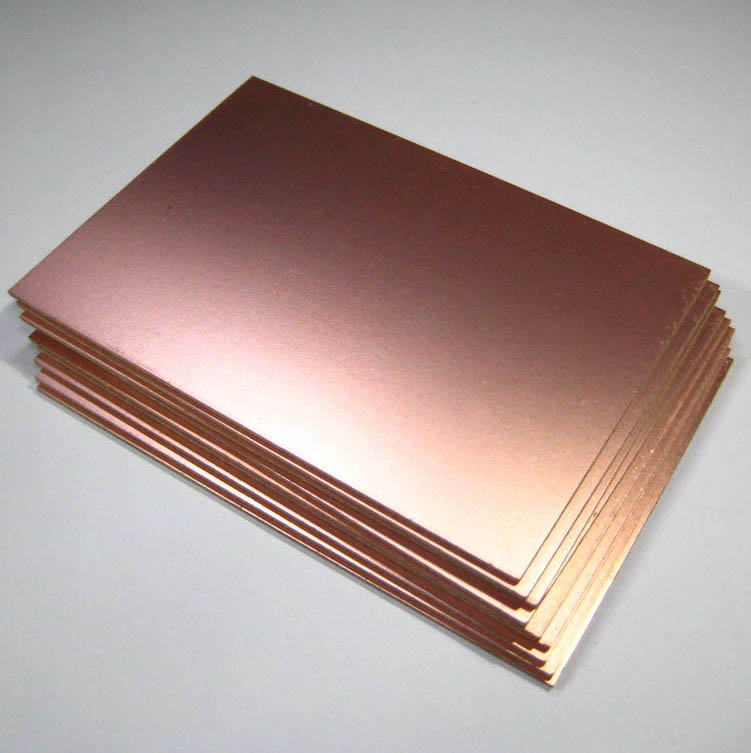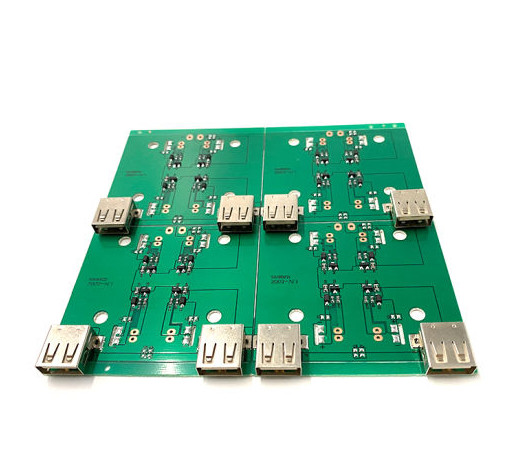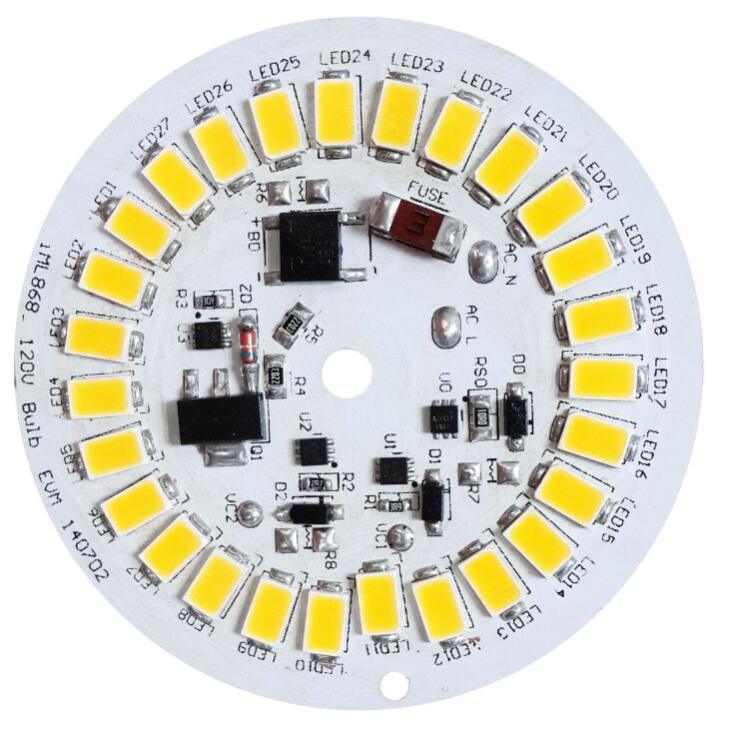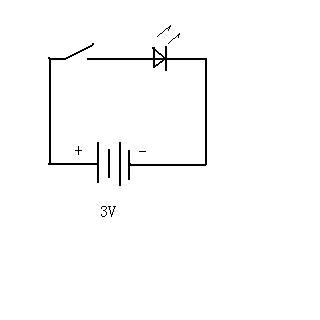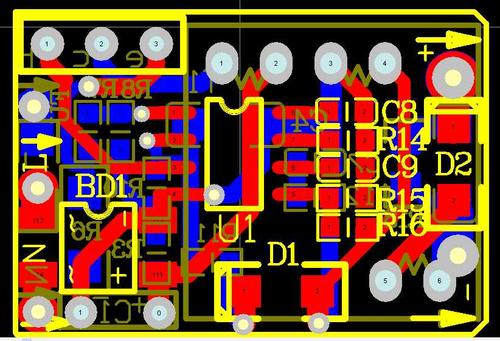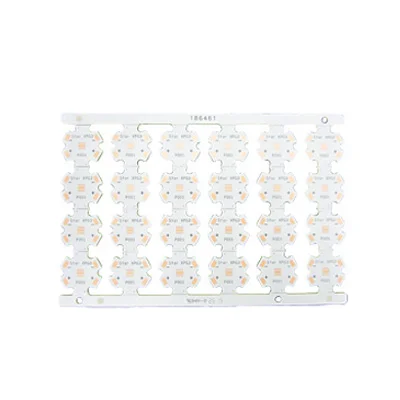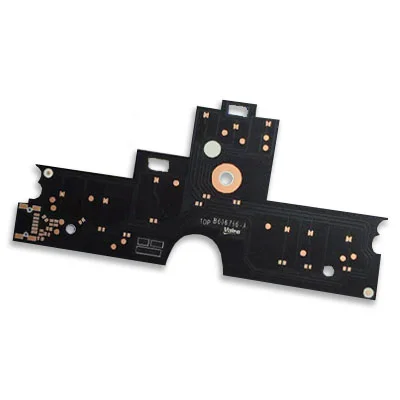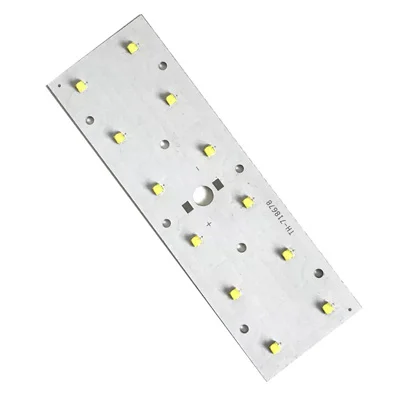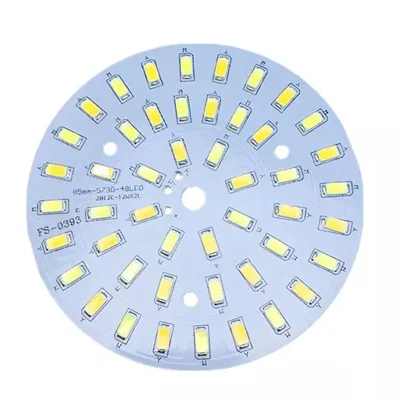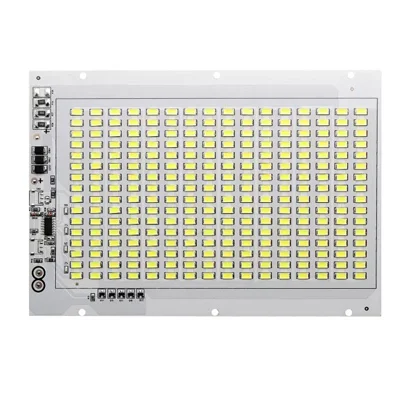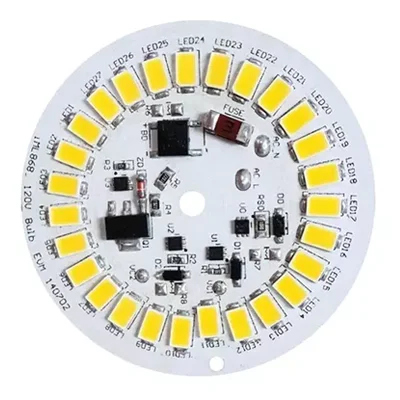Device Basics Light Emitting Diodes
Device Basics Light Emitting Diodes
Light Emitting Diode (Light Emitting Diode): It is a semiconductor component that emits light and has the electronic characteristics of a diode; therefore, anLED is first a diode (structure), and secondly it emits light (function).
The working principle of LED is: the "holes" and "free electrons" of the diode flow to the PN junction under the action of voltage. When the "holes" and "free electrons" meet and recombine, the electrons fall from the conduction band to the lower energy band, while releasing energy in the form of light; this method converts light energy very efficiently.
Some people may have an illusion: when electrons fall from the conduction band to the valence band, then the electromagnetic force on the electrons will be greater, so should the electromagnetic energy increase?
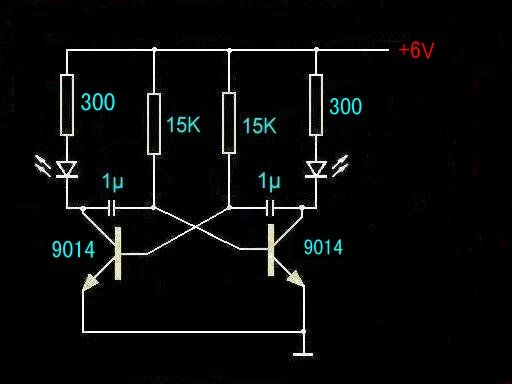
Then let’s not raise chestnuts, let’s make an analogy: I dare not jump down from a height of 1 floor (3 meters), but jump from a height of 1 meter to the ground. Is it releasing energy or absorbing energy? Obviously, when we jump down, the gravitational potential energy will be converted into kinetic energy, which is reduced relative to the gravitational potential energy. So, let's review the energy level theory again: the farther the electron orbit is from the nucleus, the higher the energy level of the electron. For example, the farther I am from the earth, the greater the gravitational potential energy is the same.
At the same time, due to different semiconductors and impurities, the energy generated by the recombination of "free electrons" and "holes" is different (different band gap), so according to different semiconductor materials and impurity materials, LEDs can emit different colors (light-emitting frequency) The following figure shows the wavelength distribution of visible light; the range of human vision is in the visible light region. Of course, LEDs can emit invisible light with more wavelengths such as ultraviolet and infrared. At the same time, these lights are widely used in various fields.
1. Light-emitting diode structure and types
Compared with other diodes, the working principle of LED does not seem to be special. All diodes with PN junction structure will recombine "free electrons" and "holes" after conducting forward conduction, but why do we only see LEDs emitting light? , and other diodes do not see them glowing?
I think a large part of this is due to the structure of the LED, which consists of the following parts:
Chip: the light source emits light;
Bracket: including substrate and heat dissipation base, pins, etc. (heat dissipation and conduction);
Gold wire: conductive;
Transparent resin: protect crystal grains and transmit light.
The LED chip is protected by a transparent resin/plastic cover, which allows light to pass through the "package" to the outside; while ordinary diodes are plastic-packed in an opaque shell, and the light is blocked inside the package;
Ordinary diodes do not design the amount of energy released after the recombination of "free electrons" and "holes" in the PN junction, so the wavelength of light corresponding to the energy is likely to fall outside the visible light.
The LED lights that we normally use on devices or boards are only a small part of the light-emitting diodes. Various light-emitting diodes have covered every aspect of our lives, including: mobile phone flashlights, glare flashlights, household energy-saving lamps, night vision surveillance cameras, and various display digital tubes, etc.
According to different packages, light-emitting surfaces and characteristics of LEDs, LEDs are roughly divided into the following types:
Plug-in LED: In addition to the common 2-leg single-color LED, plug-in LED also includes 3-pin bi-color LED, and 4-pin RGB full-color LED;
SMD LED: Usually SMD SMD LEDs are divided into 0402, 0603, 0805, 1206 and other packages, and the colors are single-color, double-color and RGB full-color;
——Plug-in and SMD LEDs are widely used on single boards, and are mostly used for device function, status and interface status indication, etc.;
High-power LED: This type of LED is usually used for lighting, most of which emit white light, and the power can reach several watts;
LED digital tube: use multiple LEDs as each field to form specific letters, numbers, rice fonts, or strips, etc.;
LED dot matrix screen: The LEDs are formed into a matrix, which can display Chinese and English letters. According to the color, it can be single-color, double-color or RGB full-color;
Smart LED: This kind of LED not only contains the LED wick, but also has a built-in control circuit, which can realize specific functions, such as flashing or ordering the color of each point;
Special LED: can emit light invisible to human eyes: such as infrared rays, ultraviolet rays, etc.; used for remote control, night vision monitoring, etc.
2. Main parameters of light-emitting diodes
Forward voltage VF: refers to the voltage generated between the anode A and the cathode K when the forward current flows;
1, When the forward voltage is less than the threshold: the current is very small, no light;
2, When the forward voltage exceeds the threshold: the forward current increases rapidly with the voltage and emits light;
3, When the forward voltage exceeds the working voltage range: the LED may be broken down;
4. LEDs with different luminous colors have different normal forward voltages, such as red lights: 1.8~2.0V; blue and white lights: 2.8~3.3V.
Forward current IF: refers to the current generated between the anode A and the cathode K when the forward voltage is applied;
1. Generally, the forward current of the LED is controlled within 20mA (according to the device data). Excessive current may easily cause the Tj of the LED to be too high, resulting in damage to the LED or affecting the service life;
2. When the LED voltage increases, the current increases exponentially similar to that of ordinary diodes, and a protective resistor needs to be connected in series.
Luminous intensity IV: Indicates the brightness observed from a specific direction (unit: cd /mcd);
1. Light intensity refers to the luminous flux emitted within a unit solid angle. When comparing light intensity, it is necessary to pay attention to the pointing angle;
2, The lens can concentrate the light output in a specific direction (lens light collection), even if the light output is small, it can gather light to increase the light intensity;
3. The IV value needs to specify the LED is measured under the condition of how much forward current IF.
A special unit appears here: cd/mcd; this is the seven international basic units in the International System of Units, including length, mass, time, current, thermodynamic temperature, and the amount of matter. Such a well-established unit, we translate it into Chinese as: candela/micandela; the name of this unit has no clue at first glance, but it still looks confused when we look at it again; then we can only transliterate the Chinese name back to English Name: Candle; and then free translation into Chinese: candlelight.
Yes, candela first refers to the intensity of light emitted by a candle; later defined: the luminous intensity of the light source in a given direction, the light emitted by 1 lumen in a unit solid angle is called 1 candela. The intensity of sunlight that gives life to all things on the earth is about 1.5*cd/m2; and the intensity of moonlight full of poetic and picturesque is about 1000cd/m2.
Then came out a new term: lumens. What is this? Let's continue reading.
Luminous flux Φv: refers to the total amount of light emitted from the light source (unit: lm/lumen);
Luminous flux (luminous flux) refers to the radiant power that can be felt by the human eye (the total light energy radiated by the light source to the surroundings), which is equal to the product of the radiant energy of a certain band per unit time and the relative visibility of the band. Since the relative viewing rate of the human eye to different wavelengths of light is different, when the radiant power of different wavelengths of light is equal, the luminous flux is not equal.
——For example, the human eye is sensitive to blue-green (big visibility), but insensitive to red and purple (small visibility), so the light with the same power of green and red is emitted, and the light intensity we feel is Different.
Dominant wavelength λD: LEDs generally use wavelengths to represent colors, and the dominant wavelength is equivalent to the wavelength corresponding to the color seen by the eyes (unit: nm);
1, White is generally obtained by compounding other colors (RGB/B+Y);
2, The corresponding luminous colors of different LED materials, as shown in the figure below;
3. Chromaticity coordinates: refers to the actual value of the LED luminous color represented by a two-dimensional orthogonal coordinate system (x (R) and y (G)); because R+G+B = 1 in the chart, B is not marked = 1-R-G; as shown in the figure below.
4. Color temperature: Friends who like photography should be more familiar with it. It means that when the color of the light emitted by the light source is the same as the color radiated by a black body at a certain temperature, the temperature of the black body is called the color temperature of the light source; the lower the color temperature, the better the color. The more orange, the higher the color temperature, the more blue the color.

What is the black body? Is it a completely black object?
Let's look at the definition of a black body: an idealized object that can absorb all external electromagnetic radiation without any reflection or transmission. In other words, a black body has an absorption coefficient of 1 and a reflection coefficient of 0 for electromagnetic waves of any wavelength.
A black body is not necessarily black, even if it cannot reflect any electromagnetic waves, it can also emit electromagnetic waves, and the wavelength and energy of these electromagnetic waves depend entirely on the temperature of the black body, which does not change due to other factors; the sun can be regarded as a black body. (About the black body, it is introduced in the black body radiation problem in "Two Dark Clouds of 19th Century Physics")
If the temperature of the black body is higher than 700K, the black body will no longer be black, it will start to turn red, and as the temperature rises, orange, yellow, white and other colors will appear, that is, black body absorption and The process of emitting electromagnetic waves follows the spectrum, and its distribution is Planck distribution (or called black body locus). In the spectrum of a blackbody, since high temperatures cause high frequencies (short wavelengths), higher temperature blackbodies are closer to the blue region at the end of the spectrum and lower temperature blackbodies are closer to the red region.
So we see a counter-intuitive phenomenon: the light emitted by the object changes from "warm tone" to "cool tone" as the temperature increases. When I was in junior high school, I would pass by a blacksmith’s shop on my way to and from school. I occasionally stopped to watch the blacksmith make a hoe (I had the dream of a weapon master back then), and then I found that the iron block was white when it was just taken out of the furnace, but as the temperature slowly dropped, The color of the iron block gradually changed from white to red and dark red.
Luminous viewing angle: The angle formed by the luminous intensity equal to half of the maximum intensity in the luminous intensity distribution diagram is called the half-value angle, which can be divided into three categories according to the luminous intensity angle:
1, High directivity: the half-value angle is 5°~20°or less, with high directivity; used as a local lighting source or combined with a photodetector to form an automatic detection system;
2. Standard type: its half-value angle is 20°~45°, usually used as an indicator light;
3. Scattering type: the half-value angle is 45°~90° or more, and it is used as an indicator light with a large viewing angle.
Operating temperature: an important parameter that affects the operation of the diode, and has a great influence on parameters such as light intensity and current;
Service life: LED is a solid cold light source, encapsulated by epoxy resin, there is no loose part in the lamp body, and there are no shortcomings such as heat generation, heat deposition, light decay, etc. Under the appropriate current and voltage, the service life can reach 60,000 to 100,000 hours, more than 10 times longer than traditional light sources;
V-I characteristics: The relationship between the voltage and current of the LED; the schematic diagram is shown in the figure below.
3. Application scenarios of light-emitting diodes
The LED has a maximum positive current IFM and a maximum reverse voltage VRM, which should not be exceeded during use; general requirements for design: IF<0.6*IFM, VR<0.6*VRM.
LEDs are widely used in electronics and electronic devices:
Used as an indication: device power/working status indication, communication port working status indication, on-board chip working status indication, etc.;
Used as a light source: LED flashlight, mobile phone lighting, etc.;
Infrared LED: video surveillance night vision light source, TV remote control, etc.
- Previous:How LED Printed Circuit Boards (PCBs) Work
- Next:No


